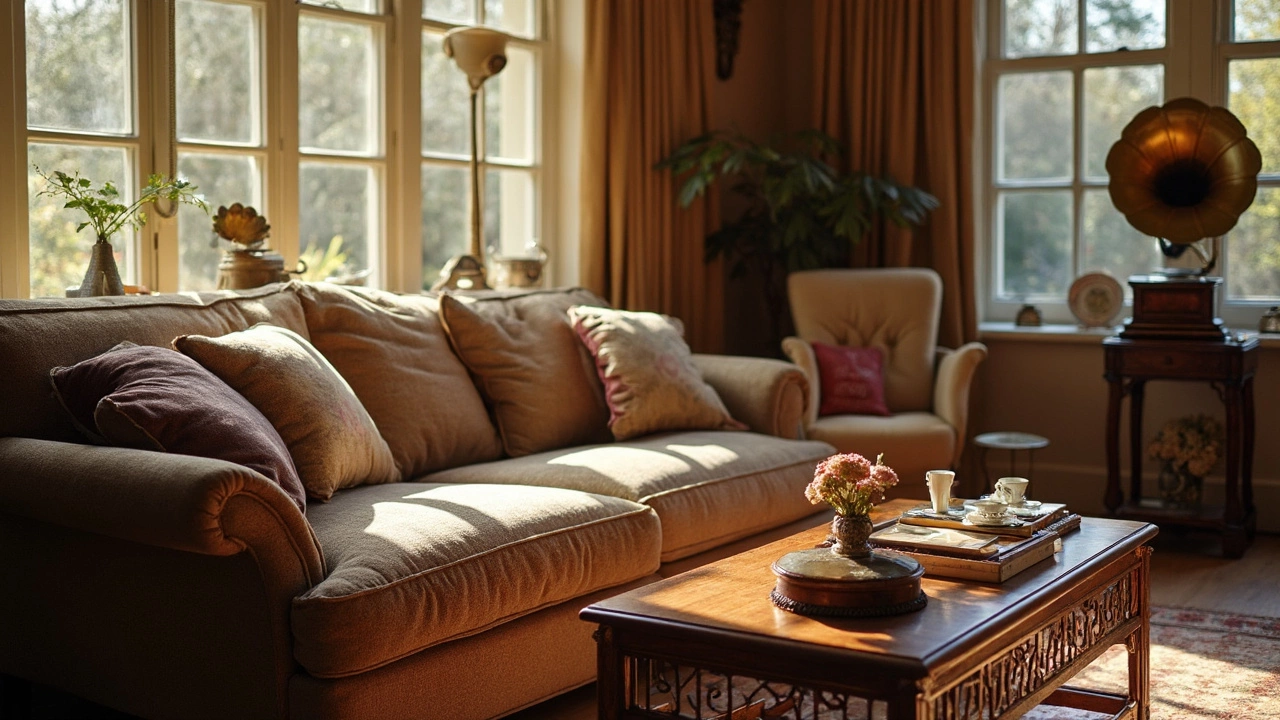Expensive Home Items: How to Decide If They’re Worth It
Ever wonder why a simple wall mirror can cost more than a new TV? It’s not just a marketing trick – the price often reflects real differences in material, craft, and longevity. Knowing what drives cost helps you avoid overspending while still getting the quality you deserve.
Before you hand over cash, ask yourself three quick questions: Is the item built to last? Does it solve a problem better than a cheaper version? Will it add lasting value to your home or just look nice for a few months? If you can answer “yes” to at least two, the price may be justified.
What Makes a Piece Expensive?
Materials are the biggest driver. Real glass, tempered or low‑iron, is heavier and clearer than standard float glass, and that extra clarity shows up in the price tag. In mirrors, for example, a true‑reflection design uses a thicker backing and a special coating that reduces distortion. Those steps add cost but also improve durability and visual accuracy.
Craftsmanship matters too. Hand‑finished frames, custom‑cut shapes, or intricate carvings require skilled labor, which pushes the price up. Brands with a reputation for quality often charge a premium because they back their products with warranties and reliable service.
Design and scarcity can also play a role. Limited‑edition colors, unique patterns, or collaborations with designers create a sense of exclusivity. While you might love the look, ask whether the exclusive finish is something you’ll appreciate long after the trend fades.
Smart Ways to Shop High‑Cost Items
Start with research. Look up the same item from several retailers, compare specs, and read real‑user reviews. Websites often list the glass thickness, frame material, and warranty length – details that tell you if you’re paying for substance or just a fancy name.
Try before you buy. If possible, visit a showroom and check the mirror’s reflection from different angles. Feel the weight of a luxury mattress or the plushness of high‑end couch cushions. Heavy, dense materials usually mean better durability.
Don’t ignore the return policy. A solid 30‑day return window lets you test the product in your own space. If the mirror shows fogging, the cushion sags, or the bathroom upgrade feels over‑engineered, you can send it back without hassle.
Consider resale value. High‑quality glass mirrors, designer bedding, or well‑made bathroom fixtures often keep a decent resale price. If you ever move, that value can soften the initial expense.
Finally, look for sales or outlet sections. Many brands discount older collections that still have the same build quality. You can snag a pricey mirror at a fraction of the original price without sacrificing the core benefits.
Here’s a quick checklist before you click “add to cart”:
- Check material specs – glass thickness, frame metal, fabric thread count.
- Read at least three independent reviews.
- Confirm a clear return policy and warranty period.
- Ask if the item holds resale value.
- Compare prices across at least three sellers.
By focusing on what really adds durability, function, and lasting style, you can tell if an expensive tag means true worth or just a marketing bump. Use these steps, and you’ll keep your home stylish without breaking the bank.
-

Why Are Lazy Boy Sofas So Expensive?
Lazy Boy sofas have a reputation for luxury pricing that often puzzles potential buyers. This article explores the reasons behind their cost, from quality materials to ergonomic design features. Gain insight into the value behind the investment, and learn some tips to extend the life of your furniture. We'll also discuss why these sofas hold their charm despite their hefty price tag.
